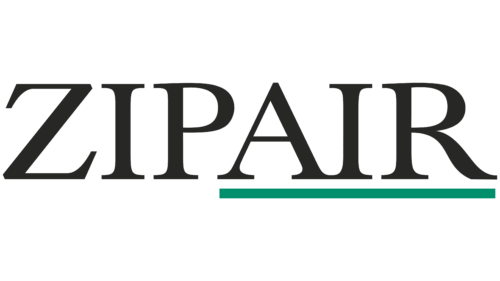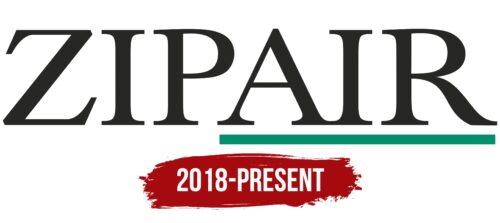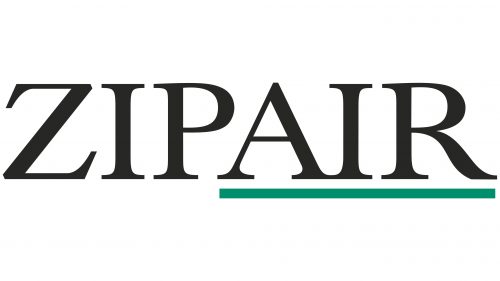ZIPAIR Tokyo: Brand overview
Founded in July 2018, ZIPAIR Tokyo is a subsidiary budget airline of Japan Airlines, operating from Tokyo’s Narita Airport. The establishment of ZIPAIR Tokyo marked a strategic move by Japan Airlines to create competition with other budget carriers in Japan and Asia using a wholly owned subsidiary model.
ZIPAIR Tokyo commenced operations in May 2020, positioning itself as Japan’s newest budget airline focused primarily on long-haul flights. The initial routes connecting Tokyo Narita to well-known destinations such as Bangkok, Seoul, and Honolulu utilized a fleet of Boeing 787-8 aircraft, with an emphasis on high-density economy class seating.
However, the airline’s launch coincided with a global decline in air travel demand caused by the COVID-19 pandemic, significantly disrupting its early expansion plans. As of 2023, ZIPAIR Tokyo serves five long-haul and several short-haul routes, operating a fleet of three Boeing 787 aircraft.
Looking forward, ZIPAIR Tokyo aims to expand its reach as Japan’s only long-haul budget airline to provide cost-effective travel from Tokyo to various destinations in the Americas. Although a relative newcomer to the market, ZIPAIR Tokyo represents a strategic attempt by Japan Airlines to penetrate the rapidly growing low-cost travel sector in Asia.
Meaning and History
What is ZIPAIR Tokyo?
It is a Japanese low-cost airline headquartered in Tokyo, offering affordable air travel to various destinations in the Asia-Pacific region. As a subsidiary of Japan Airlines, the carrier aims to provide passengers with an economical and efficient travel option while maintaining high safety and customer service standards. The company operates a modern Boeing 787 Dreamliner aircraft fleet with spacious cabins and in-flight entertainment systems to ensure a comfortable flight.
2018 – today
ZIPAIR Tokyo’s logo reflects the Japanese desire for minimalism. It includes only the first word of the airline’s name, written in a simple black serif font. The last three letters are underlined with a green horizontal line, which symbolizes people’s desire for services. The green color symbolizes the affordability of a budget airline.
The green horizontal line signifies accessibility and adds a visual element that breaks the monochromatic palette, making the logo more dynamic. The use of a serif font gives the logo a traditional and formal feel, contrasting with the modern minimalist design.





